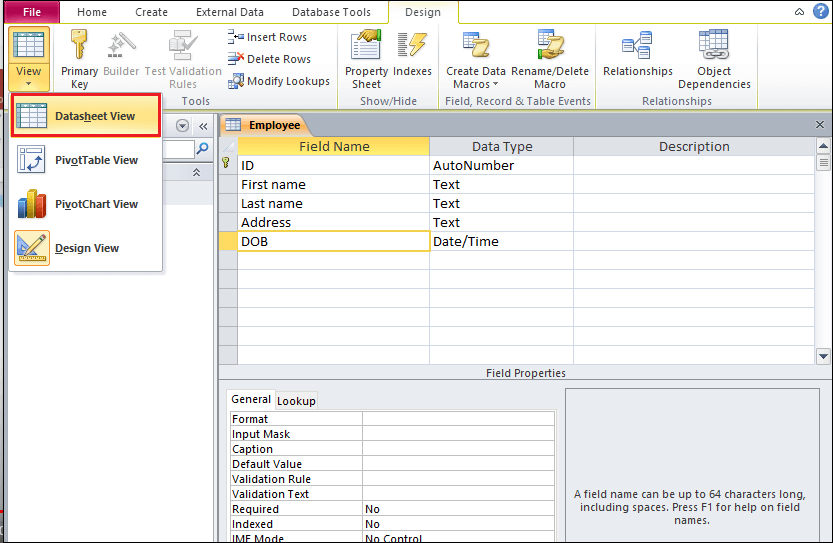
For more information, see File Locations for Default and Named Instances of SQL Server. When multiple instances of SQL Server are running on a single computer, each instance receives a different default directory to hold the files for the databases created in the instance. Only read-only databases and read-only secondary filegroups are allowed to be put on an NTFS compressed file system.įor space savings, it is highly recommended to use data compression instead of file system compression. Read/write data filegroups and log files are not supported on an NTFS compressed file system. It must follow the rules for the operating system file names.įor more information on the NAME and FILENAME argument, see ALTER DATABASE File and Filegroup Options (Transact-SQL). Os_file_name: The os_file_name is the name of the physical file including the directory path. The logical file name must comply with the rules for SQL Server identifiers and must be unique among logical file names in the database. Logical_file_name: The logical_file_name is the name used to refer to the physical file in all Transact-SQL statements. SQL Server files have two file name types: We recommend that you put data and log files on separate disks. This choice may not be optimal for production environments. The data and objects within the database spread across all six files, and the four log files contain the transaction log information.īy default, the data and transaction logs are put on the same drive and path to handle single-disk systems. A more complex database named Orders can be created that includes one primary file and five secondary files. ldf.įor example, a simple database named Sales has one primary file that contains all data and objects and a log file that contains the transaction log information. The recommended file name extension for transaction logs is. There must be at least one log file for each database. The log holds information used to recover the database. The recommended file name extension for secondary data files is. Data can be spread across multiple disks by putting each file on a different disk drive. The recommended file name extension for primary data files is. Every database has one primary data file. FileĬontains startup information for the database and points to the other files in the database. SQL Server databases have three types of files, as shown in the following table.

Data files can be grouped together in filegroups for allocation and administration purposes.

Log files contain the information that is required to recover all transactions in the database. Data files contain data and objects such as tables, indexes, stored procedures, and views. Applies to: SQL Server Azure SQL Managed InstanceĪt a minimum, every SQL Server database has two operating system files: a data file and a log file.


 0 kommentar(er)
0 kommentar(er)
